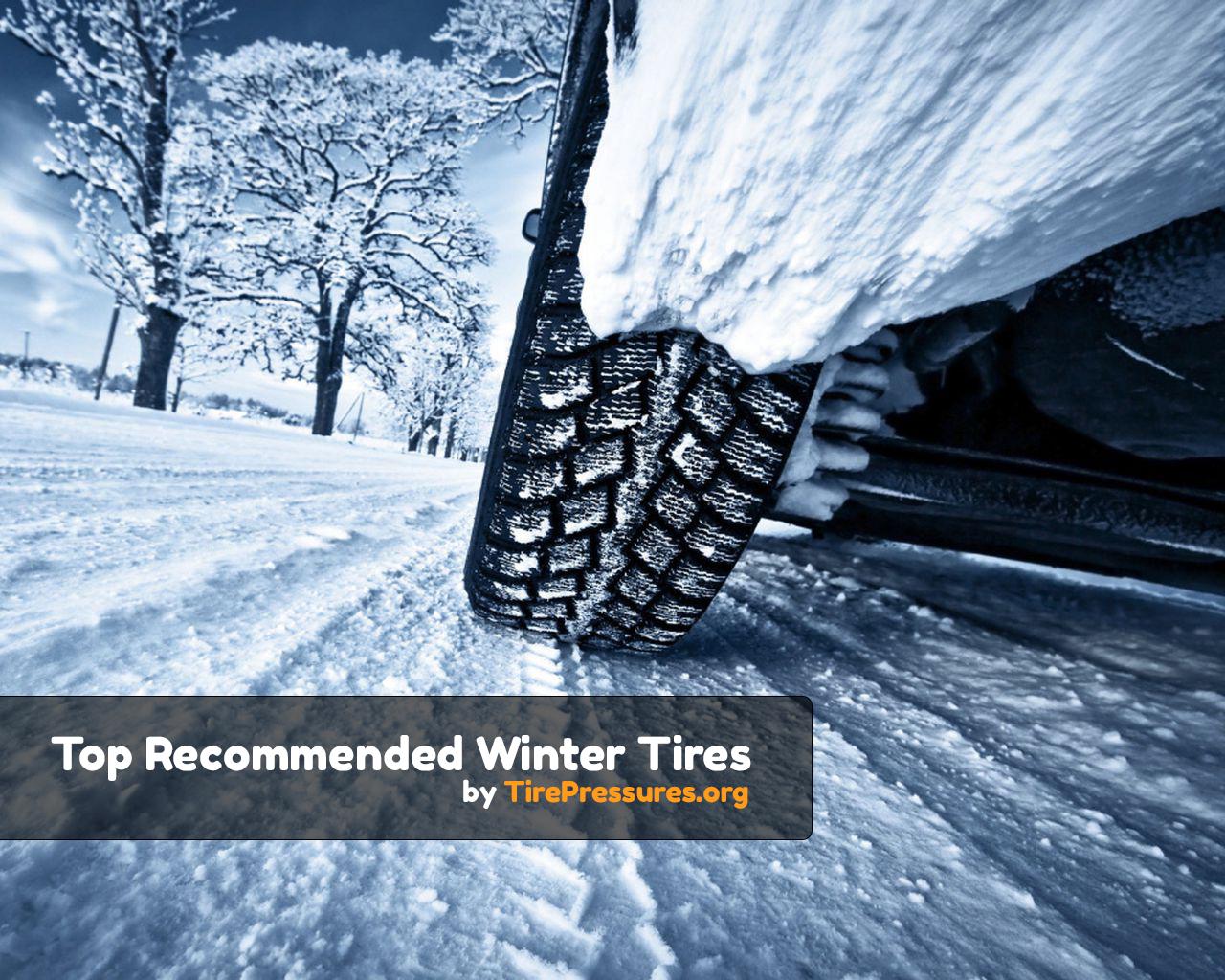
Best Winter Tires for Snow (2023)
As a car enthusiast, choosing the right set of winter tires for your vehicle is crucial to ensure safety and performance during the colder months.
Posted on Mar 01, 2023Find out about your Tire Pressure by using one of the three methods below
Check out our FREE tools and discover everything you need to know about tires
Proper tire pressure in your vehicle's tires is important for a secure , efficient, and cozy drive. Here you'll learn the fundamentals of tire inflation to assist you understand its importance.
Car tire pressure is affected by many factors, from tire and vehicle specifications to outside temperature and your driving style, so it's necessary to know the way to maintain correct tire inflation in the least times. Checking tire pressure regularly and maintaining correct tire inflation will maximize the lifetime of your tires, provide smooth and predictable handling, improve gas mileage, and keep you save on the road.
Our resources will assist you find recommended tire pressure settings for your vehicle set by the manufacturer, and to see the utmost tire inflation and tire load capacity of your tire model and tire size.
Explore the tire pressure guide for useful articles, tips, answers and suggestions on the way to maintain tires properly inflated. Use tire pressure calculators to calculate gas savings when tires are inflated correctly, convert pressure units like psi, bar and kilopascals, find recommended winter tire pressure when ambient temperatures change and proper tire inflation for replacement tires.
It is vital to take care of correct tire inflation pressures for your car, minivan, light truck, pickup, crossover or SUV tires. Low tire pressure and underinflated tires can cause uneven and excessive tire wear, poor handling and reduced fuel economy. High tire pressure and overinflated tires may result in reduced traction, poor braking and may even be a explanation for a tire blowout. Check tire pressure regularly and maintain correct tire inflation for your vehicle to enjoy a secure and cozy drive.
Recommended tire inflation pressure for your vehicle is decided by the manufacturer supported in its characteristics and original equipment tire sizes. you'll find recommended tire pressure in vehicle owner's manual or on a tire placard on the side of driver's door or door jam. Tire inflation are going to be listed in psi (pounds per square inch), bar or kPa (kilopascals). keep in mind that tire inflation listed on tire sidewall is that the maximum air pressure the tire can hold to hold its maximum load, and not necessarily the recommended tire pressure for your vehicle. Your vehicle can also have different recommended tire pressure settings for front and rear tires, especially if equipped with staggered tires.
To check tire pressure for your car, minivan, light truck, pickup, crossover or S.U.V. vehicle you'll got to know its recommended tire inflation and a tire pressure gage . Check tire inflation when tires are "cold" and haven't been driven for a minimum of 3 hours. Adjust tire inflation to the recommended tire pressure levels as required by adding air with a tire inflator. Learn more on the way to check tire pressure.
If you replace original equipment tires with optional or plus tire sizes, make certain to follow guidelines on the way to apply tire load inflation tables when replacing tires to search out proper tire pressure for brand new tires on your vehicle. Always ask the vehicle owner’s manual for any specific safety advice regarding the appliance of replacement tires.
Tire pressure fluctuates with ambient temperatures, so during winter when temperatures drop tires may lose approximately 1 psi of air pressure for each 10 degree Fahrenheit decrease in temperature. Some vehicle manufacturers may suggest inflating tires 3 to 5 psi above the recommended tire pressure settings to catch up on lower temperatures during winter. make certain to examine tire pressure more often within the winter to take care of correct tire pressure for a secure ride on snow and icy roads. Learn more about recommended winter tire pressure.
If your vehicle is made after 2007, it should be equipped with tire pressure monitoring system that uses tire pressure sensors to alert the driver when tire pressure is low. If low tire pressure warning light is on, check all tires for low air pressure and inflate as required . If you would like to reset tire pressure monitoring system, check with owner's manual on the way to reset TPMS for your vehicle.